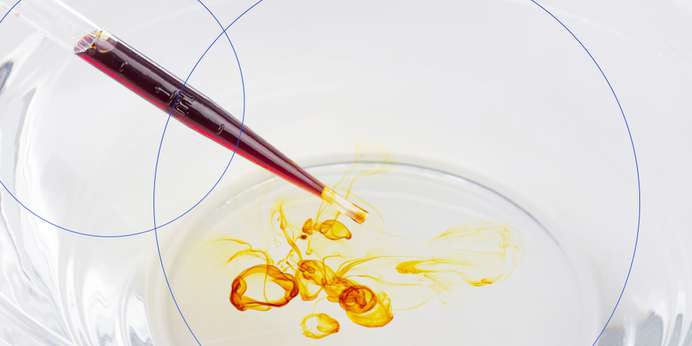
Iodine Starch Testing
Determining whether starch is present in a product and measuring its amount involves the same process. The key ingredient in this experiment is iodine, a chemical that reacts with starch. It's important to note that iodine is toxic when consumed and can stain skin and clothing, so when working with it, use a small sample and take adequate protective measures to prevent ingestion and spills.
To complete the test, take two small liquid samples or slices of the food and separate them into two containers. In one, introduce a measurement of water. In the second, introduce the same amount of iodine solution. The iodine sample should begin changing color immediately if starch is present, with the sample's surface developing a dark blue or black color.
Measuring Your Results
After a few minutes, you should be able to gauge the level of starch in the product. The darker the color becomes, the more starch is present. From here, you can use a color measurement tool, like a spectrophotometer, to measure the color of the iodine sample.
Though one measurement may not give you the information you need, multiple measurements throughout many batches of your product inform you of how much starch should be in your product. These measurements will also give clear notice when the starch content is off. A tool like HunterLab's ColorFlex L2 will translate any reading into a numerical result, allowing you to create a data set of precise starch color measurements.

